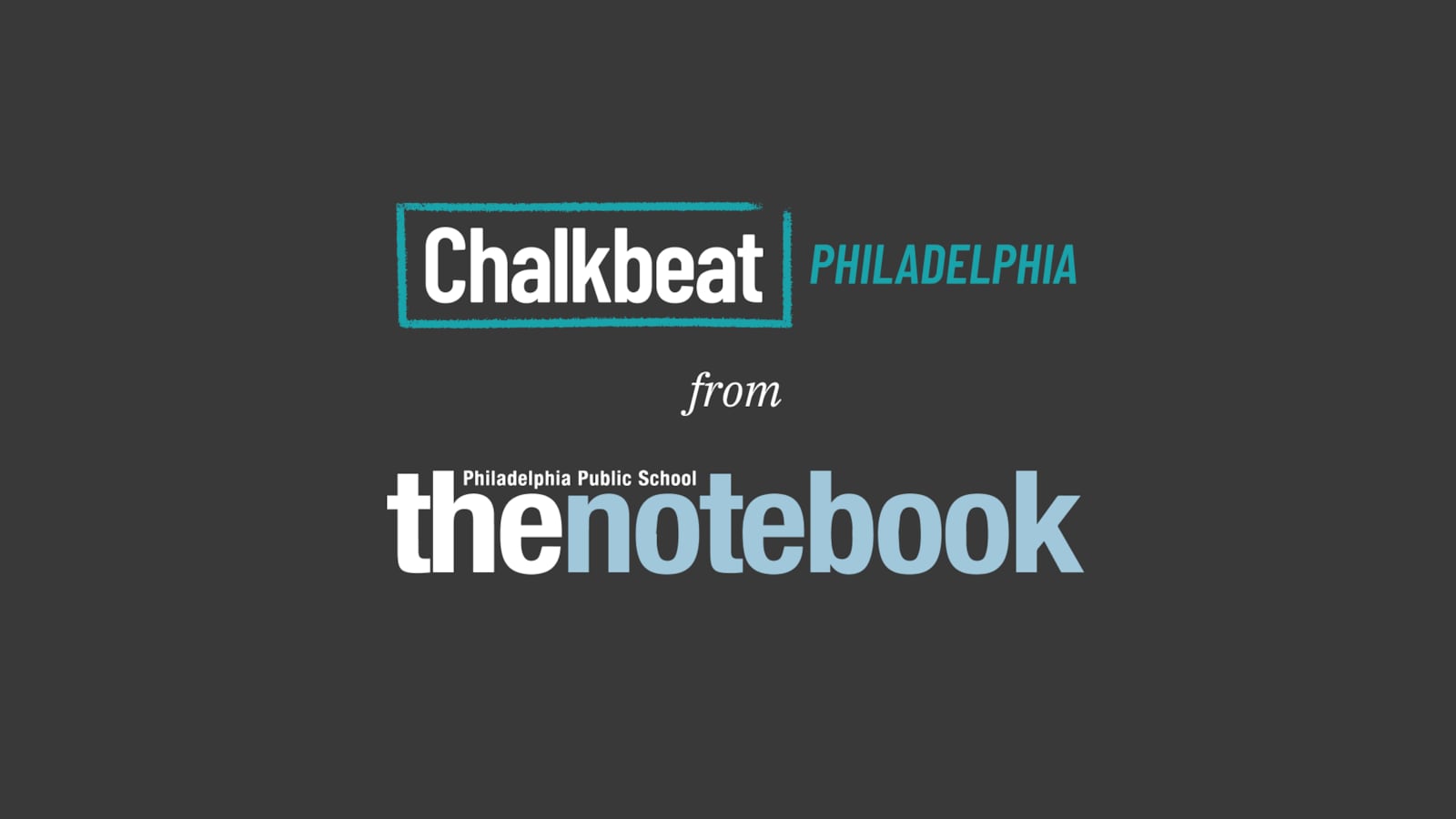This article was originally published in The Notebook. In August 2020, The Notebook became Chalkbeat Philadelphia.
Pennsylvania’s state-funded pre-K programs made moderate improvements in the last year, according to a report released last week.
In its annual State of Preschool Report, the National Institute for Early Education Research analyzed all state-funded pre-K programs across the country, with attention to changes in enrollment, resources, and quality in 2015.
The report shows continued growth in state-funded pre-K nationally, but cautions that the pace at which programs are expanding is worrisome – only 5 percent of 3-year-olds and 29 percent of 4-year-olds nationwide were enrolled in pre-K last year.
“Our findings tell us that we’re moving in the right direction, but states still have a lot of work to do,” said Allison H. Friedman-Krauss, an author of the report.
Pennsylvania didn’t recede in its pre-K services, as did Texas or Florida, where enrollment decreased substantially. But its enrollment increased slightly for 3-year-olds only, and its per-child spending decreased. The report also warned that some of Pennsylvania’s programs did not have necessary quality standards in place.
“Pennsylvania isn’t moving backwards and on one side that’s good,” said Friedman-Krauss, “but on the other side, there are still a lot of children that need to be served. [Pennsylvania] isn’t there yet.”
Following are the key findings regarding Pennsylvania from the report.
Pennsylvania ranks 30th in access for 4-year olds and 15th in access for 3-year-olds.
- In 2015, Pennsylvania served 12 percent of its 4-year-olds, no change from 2014, and 6 percent of its 3-year-olds, a 1 percent increase from 2014.
- This tracked with national trends. Across the country, enrollment rose modestly, growing by 37,167 altogether. Most of the growth was among 3-year-olds, with just 7,091 4-year-olds added, the report said.
Pennsylvania ranks 15th in state spending for pre-K.
- The state saw a decrease in spending per child enrolled. In 2014, $5,875 was spent per child. That declined to $5,630 in 2015.
- This spending exceeds the $4,489 national average for 2015.
Some Pennsylvania pre-K programs met very few benchmark quality standards.
- Pennsylvania serves preschoolers through four state-funded programs. Of these four programs, three met more than half of the 10 research-based quality standards benchmarks. These standards include teachers that have a bachelor’s degree, teachers with specialized training in early childhood education, class sizes of 20 or less, and a teacher to student ratio of 1:10 or better.
- One program that serves nearly 2,000 children only met three of the standards. That is the Pennsylvania 4-Year-Old and School-based Prekindergarten and Kindergarten Programs (SBPK/K4).

